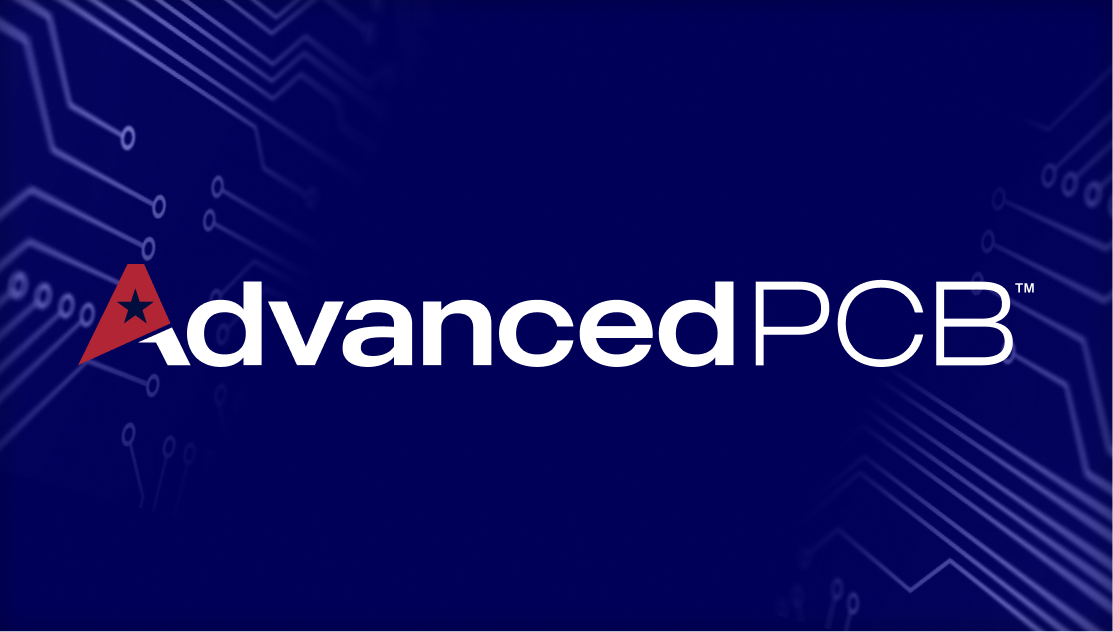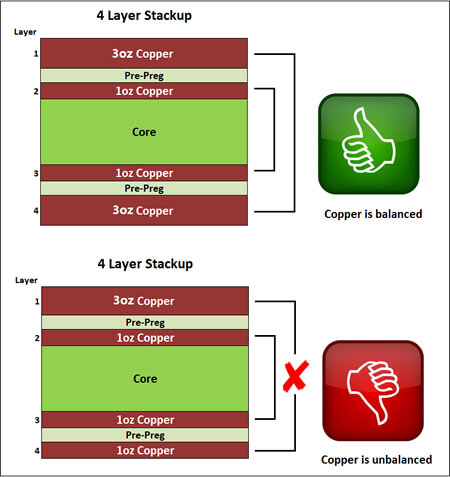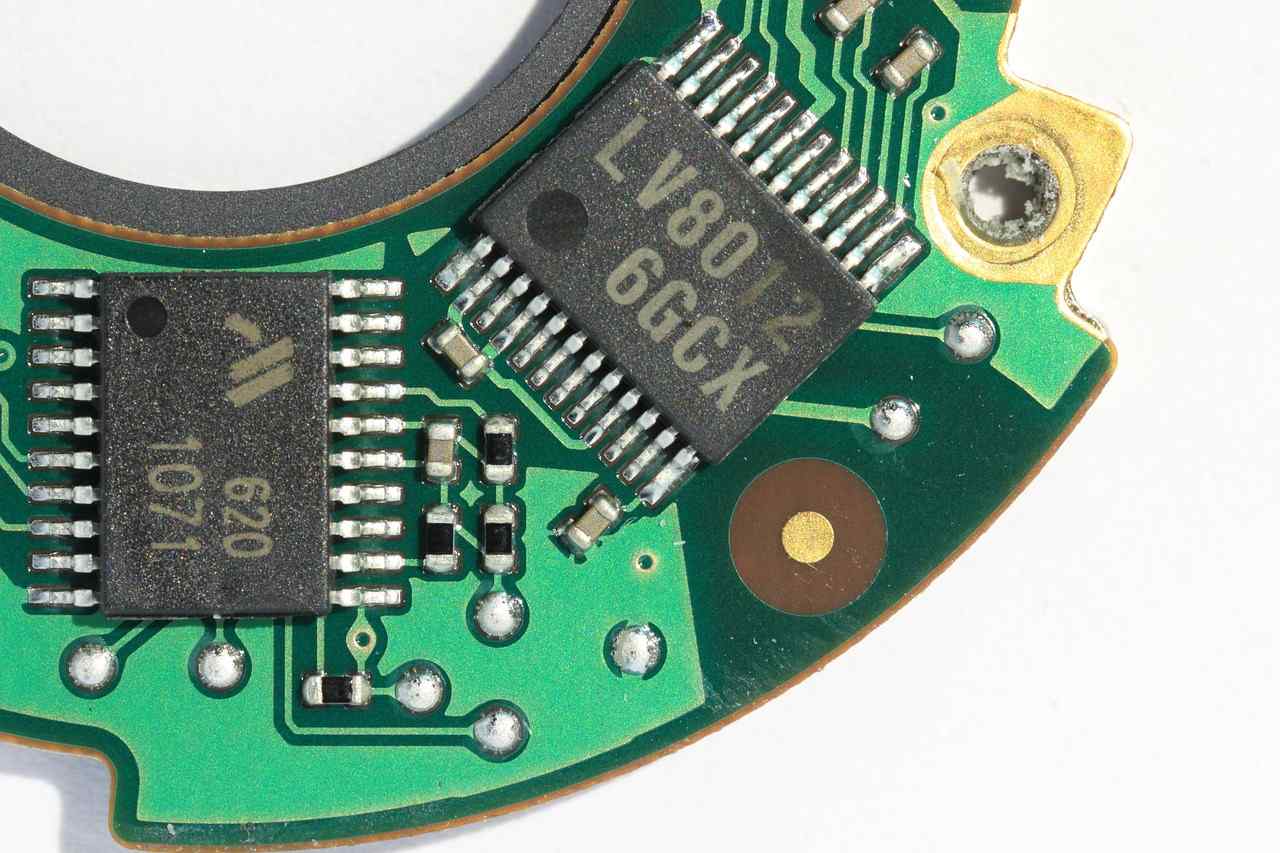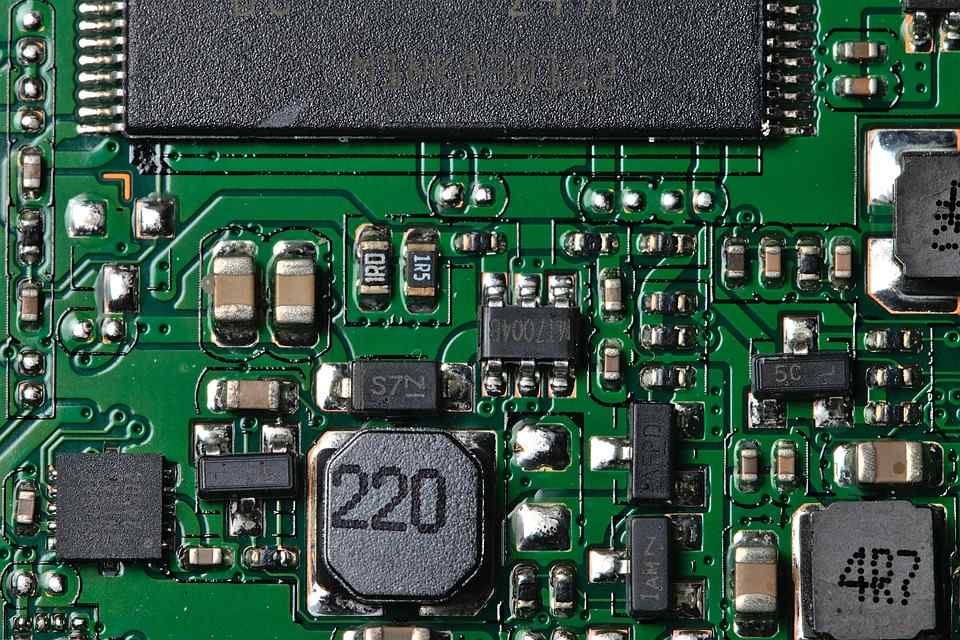
AdvancedPCB
More Articles by AdvancedPCB

Welcome Gregory Halvorson, AdvancedPCB’s New CEO
Choosing the Right Laminate Material for Your PCB Design
While PCB design has relied largely on the tried-and-true FR-4 substrate, many designs require more robust temperature or frequency performance to ensure their circuit performs optimally.
Choosing the Right Laminate Material for Your PCB Design
Read More

Questions from the Web
I have a question about the manufacturing capability for copper weights. Is it possible to use different copper weights on the same PCB?
Questions from the Web
Read More

The Importance of Power and Ground Planes in PCB Design
Ground and power planes are large conductive areas in a PCB design that serve diverse purposes. Ground planes provide a common reference point for electrical signals and serve as return paths for currents.
The Importance of Power and Ground Planes in PCB Design
Read More

Advanced PCB Routing Strategies
PCB routing is pivotal in ensuring the functionality, signal integrity, manufacturability, and reliability of electronic designs. Conductive traces are more than mere component interconnections or power distribution paths, and through effective routing, engineers can minimize signal degradation, crosstalk, and electromagnetic interference (EMI).
Advanced PCB Routing Strategies
Read More

Meeting the Moment: Filling the Jobs in the Semiconductor Industry
The Semiconductor Industry Association, the foremost trade group in the space, projected that 67,000 of the new jobs the CHIPS Act will create are vulnerable to vacancy in 2030.
Meeting the Moment: Filling the Jobs in the Semiconductor Industry
Read More

Understanding High-Power PCB Requirements
Pinpointing what constitutes a high-power design can be challenging. However, high-power designs generally involve currents measuring multiple amperes or voltages extending into the kilovolt range.
Understanding High-Power PCB Requirements
Read More

Navigating The Choice Between Surface-Mount Devices and Through-Hole Components
Before constructing a PCB layout, engineers should take a few preparatory steps to streamline the layout creation. When designing digital and analog circuits, one crucial question is which technology to use.
Navigating The Choice Between Surface-Mount Devices and Through-Hole Components
Read More

The Significance of Thermal Management in the PCB Design Process
Temperature influences electronic component behavior and characteristics in numerous ways. The effects are not limited to the components that get hot directly, but also those that are indirectly affected — for example, due to proximity or the PCB material’s thermal properties.
The Significance of Thermal Management in the PCB Design Process
Read More
Browse
All Categories
Recent Posts
View Recent Posts